#Bangladeshi artists
Text

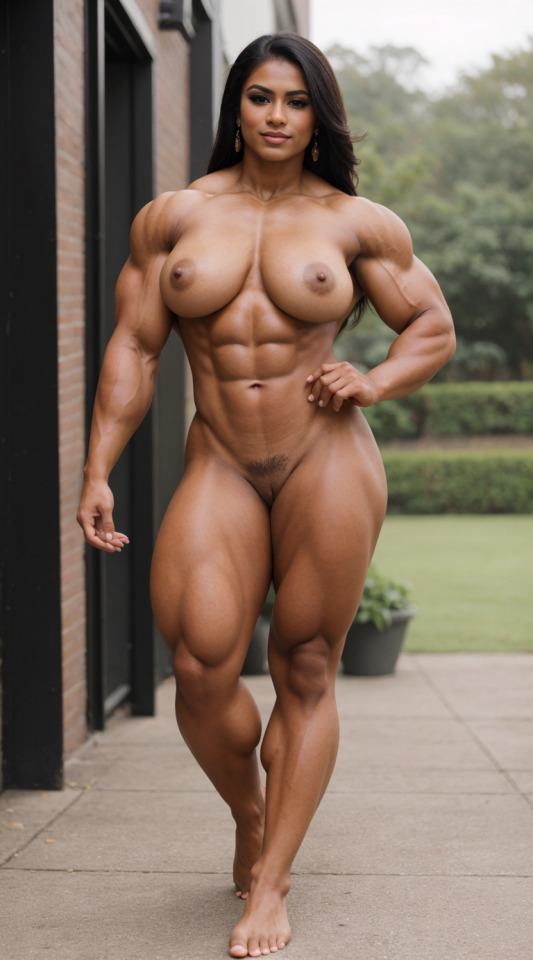

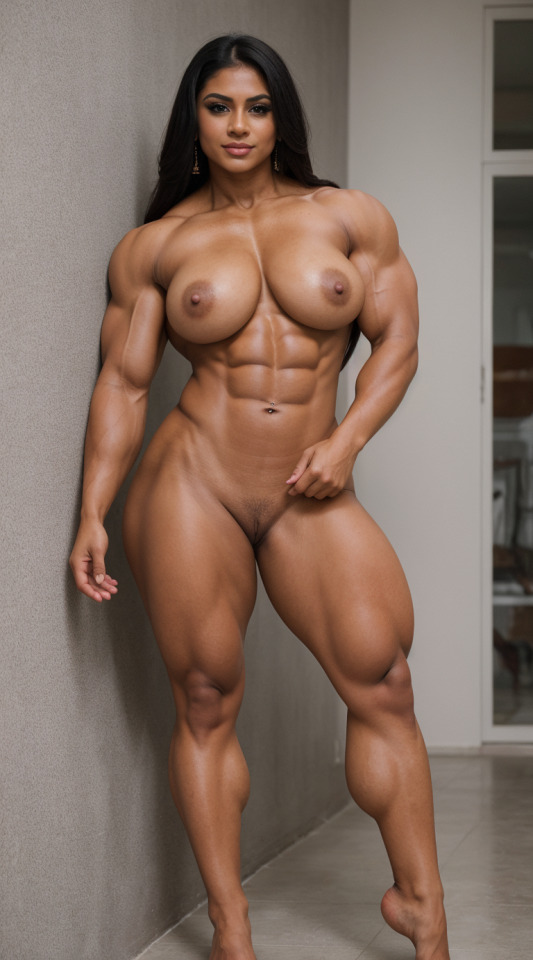

Bengali Muscle Woman
672 notes
·
View notes
Text
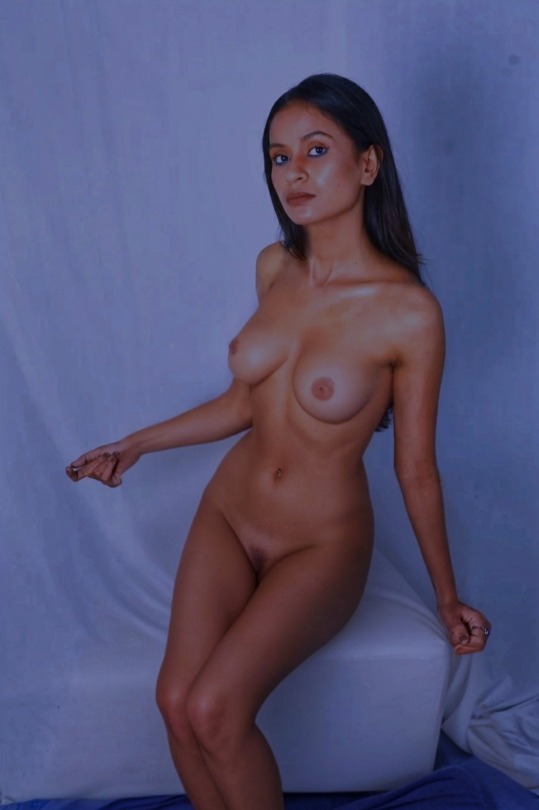
#candid#candid photography#indoors#photography#low light#artistic nude#nudephotography#nudity#desiblr#desire#desi tumblr#desi#myself#me#studio shot#adult model#bangali#bangladeshi#bangladesh#sapphic#tumblr girls#makeup#naked female#ai
101 notes
·
View notes
Text
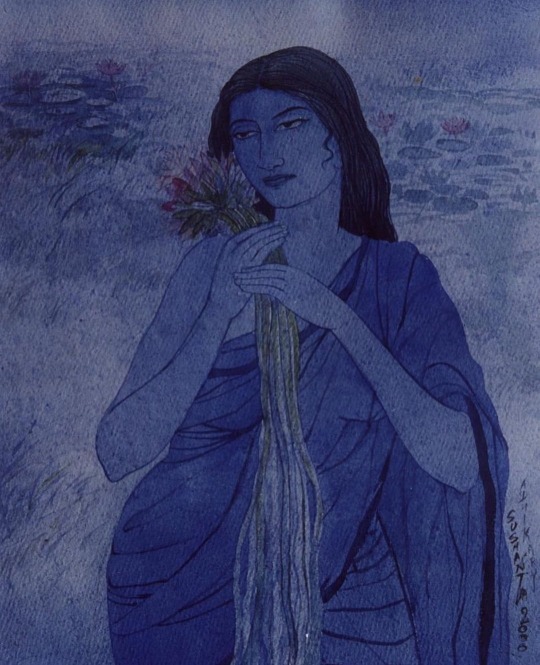
Sushanta Kumar Adhikary. Untitled, 2000.
#sushanta kumar adhikary#art#paintings#blue art#south asian art#south asian artist#bangladeshi art#bangladeshi artist#bangladesh#bangla tag#desi tag#desi art#desi tumblr#desiblr
356 notes
·
View notes
Text
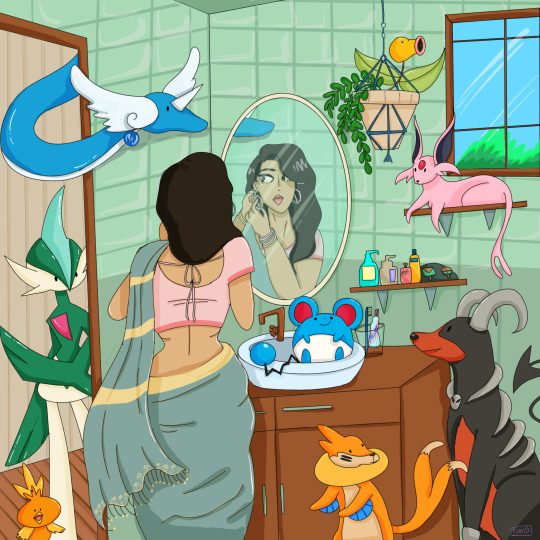
#pokemon#pokemon art#pokemon illustration#south asian art#indian#bangladeshi illustration#Indian illustration#south asian illustration#pokemon fanart#fanart#illustrators on tumblr#anime#comics#pokemon fandom#artwork#digital art#digital fanart#digital artist#art#illustration#artists#digital illustration
13 notes
·
View notes
Text
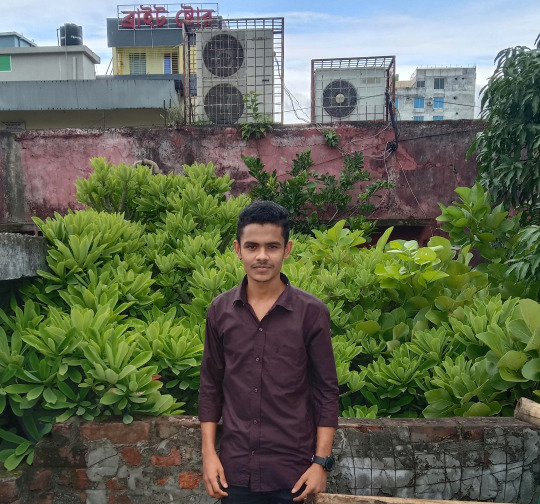
3 notes
·
View notes
Text
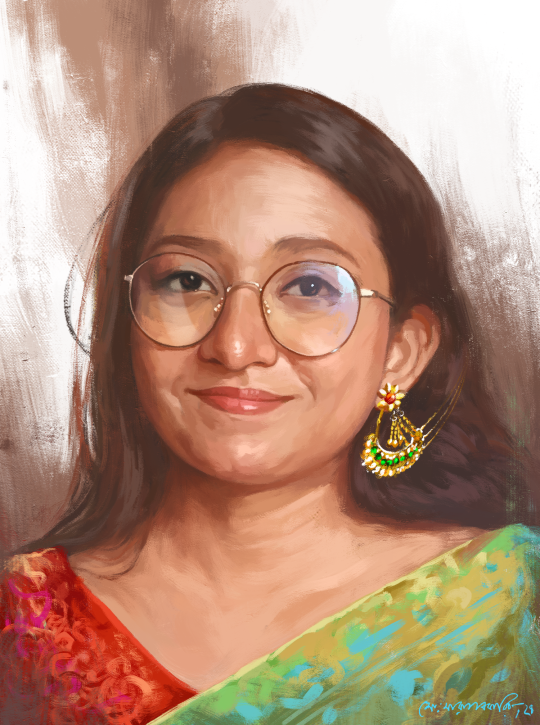
Portrait of Umma Habiba Meem
#Marzan#Marjan#Marzan Kabir#Marjan Kabir#Painting#Digital#Digital Painting#Meem#Umma Habiba Meem#Bangladeshi Artist#Bangladeshi Painter
1 note
·
View note
Text
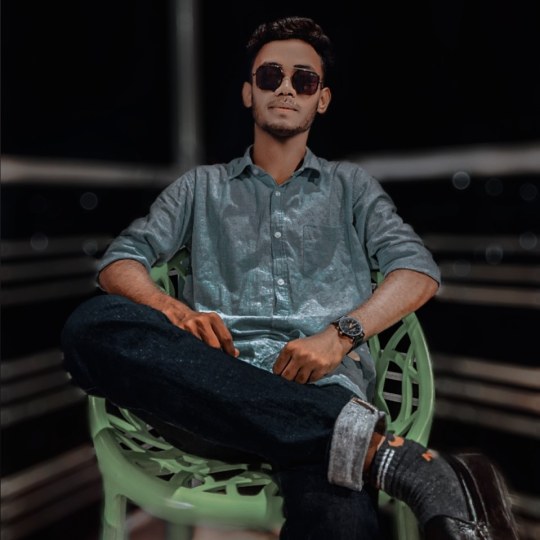
#Shaho Rear Najim Joy#Musical Artist#Still Miss Me#Shaho Rear Najim Joy is a Bangladeshi artist and actor#He took the initiative to do something good from his childhood. He has been completely online since 2020. Her sole purpose was to make mo#he was able to teach people a lot online. He was born and raised in Rangpur. He likes to teach people various tips online. He is current#Actor and Author.
1 note
·
View note
Text
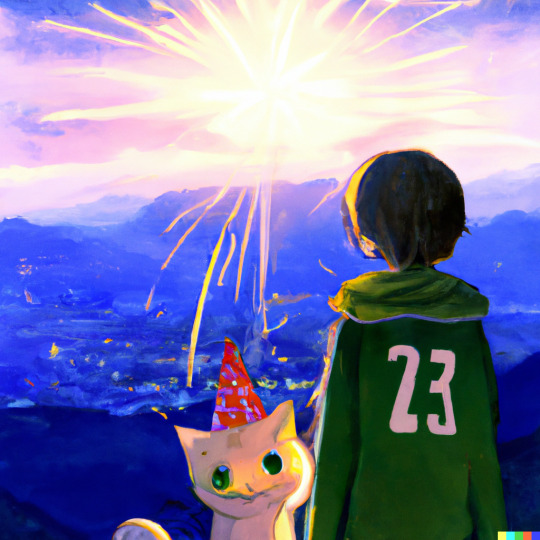


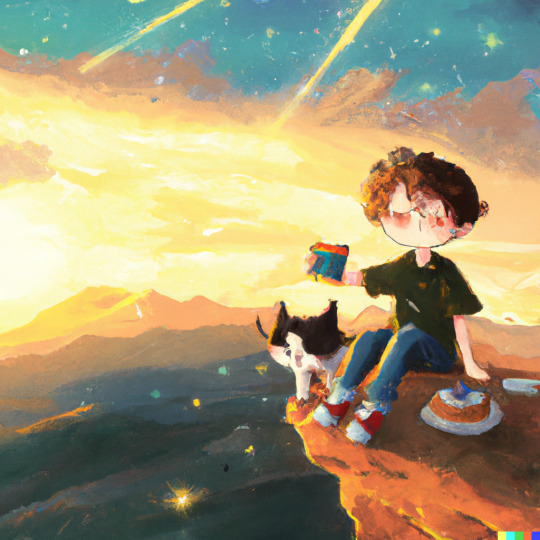

Will be celebrating My 23rd Birthday with Dall E AI
1 note
·
View note
Text
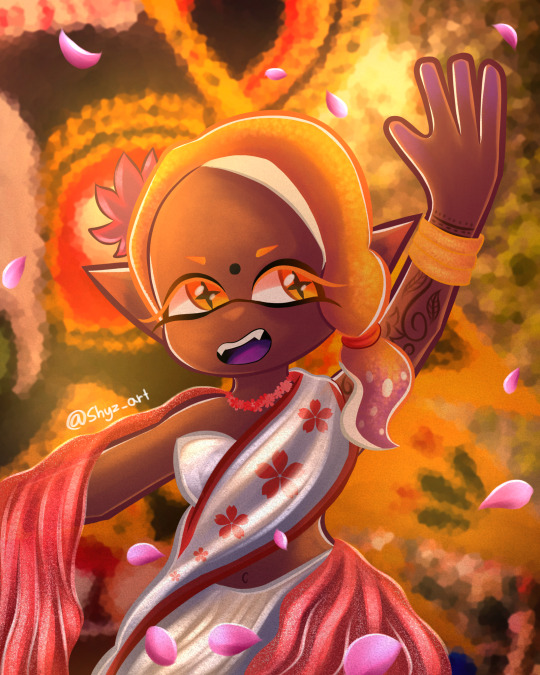
Frye Bengali New Year Special art 🪷🌸
Happy Bengali new year! Shubho Noboborsho! Today is Pohela Boishakh which is a new year festival that Bengalis celebrates
Artist here is Canadian Bangladeshi so i made this art
#shyz_art#frye onaga#frye#frye splatoon#splatoon 3#splatoon#splatoon fanart#splatoon art#splatoon artist#deep cut#artists on tumblr#small artist
24 notes
·
View notes
Text
Kurdish ecology. Indigenous seeds and food heritage. Palestinian edible plant archive. Ezidi foods and reverence for landscapes. The narratives of “exiled foods.” Suryani, Zaza, Kurdish, and Armenian displacement. Okra and mustard greens. Dispossession and native plants in Anatolia and the Mediterranean. Imagining alternative worlds and affirmative care structures. Landscapes breathing in slow, deep time. Seed exchanges and “entanglement of solidarity” across regions in defiance of military surveillance, industrial monoculture, and extraction. “Homeland is not where you were born, it is where you are fed.”
---
Okra is strong and can survive the precarity of exile and migration: it can be found in a Bangladeshi vegetable stand in Rome, an Ezidi camp in Diyarbakır, or a guerilla garden along the highway in Kowloon. Okra is one of the world’s oldest cultivated crops, spread by the processes of colonization and the slave trade from Africa and India to the Mediterranean and westward to the new world. Its versatility makes it well suited for states of dispossession and survival. [...] The colonization and standardization of landscapes is always rooted in controlling the cultivation and erasure of localities. [...] Today, the same region [Anatolia and the Mediterranean] is inundated with wars and oppressions that destroy not only biodiversity but also the intangible heritage of ingredients and their narratives across our earth.
“Survival-with” and “through” is something of an entangled kinship that can be described as migrating ingredients, refugee seeds, and exiled foods. Works by artists Seçkin Aydın and Gülsün Karamustafa deal with forced eviction and exile from their homelands in different historical periods in the last century in Anatolia. Aydın is a Zaza minority from an evicted Kurdish town called Kulp (Diyarbakır Province). His work I can’t carry my grandma, i can also not eat her or wear her (2015) uses the metaphor of Aydın’s grandma keeping small fruits in his pocket during their journey of exile when he was a child. [...]
Karamustafa’s work Heimat Ist Wo Mann Isst (1994) depicts three spoons wrapped in an old cloth. The title means “Homeland is not where you were born, it is where you are fed,” which refers to cross-Balkan and Anatolian transnational migration.
---
Practices of collecting and archiving heirloom seeds are a form of solidarity and resistance against extractive capitalism and industrialized agriculture. Such projects protect and aim to restore natural habitats and biodiversity. They are critical of dominant monocultural approaches [...]. How can we consider a more-than-human ethics around seed and seed heritage? How can we collect cross-narrative assemblages of seed heritage? [...]
Indigenous phenomenologies are essential for tracing food heritage and the ingredients that are tightly connected to local communities of Zazas, Ezidis, Armenians, Suryanis, Kurds, and others who are continuously exiled by force in the ongoing extracted landscapes of the Tigris. Often with colleagues we find ourselves discussing, for example, the giyayê xerdelê (mustard greens) that can be easily foraged in the hills of Heskîf, a millennia-old archeological heritage site that has almost been destroyed by the nearby Ilisu Dam, which justifies the expropriation of lands from Kurdish villages and from many nomadic shepherds who were forced to leave. Military surveillance of farmers and of the common grazing grounds of Ezidi, Suryani, and Kurdish villages leads to a loss of the network [...].
Kurdish ecology activists Bişar İçli and Zeki Kanay, who were banned from their municipality and their university positions by the Turkish government in 2017, started an agro-ecological solidarity commune in Diyarbakır. They archive, exchange, and create networks of seeds around the Tigris River basin, producing an entanglement of solidarity infrastructure among Kurdish communities against military surveillance and capitalism-led extraction in this region.
---
Cineria, an Ezidi village near Batman, Turkey, was nearly emptied out in the 1980s due to conflict in the region between the Kurdish movement and the Turkish state. [...] Soil, stone, rocks, caves, and water are fundamental cosmological elements of Ezidi cultural practice connecting the past, present, and future. Each year the village hosts semi-nomadic Zaza shepherds who migrate from another southeastern Turkish city, Bitlis [...]. The Ezidis accommodate the shepherds for six to seven months in Cineria; both communities communicate using the Kurmanji language. [...]
Long walks through landscapes are a basic practice of Ezidi women, where they learn about the land and the cultivation cycle connected to Ezidi cosmology, which is about keeping and protecting ingredients, seeds, and healthy soil. Honouring nonhuman elements is fundamental to Ezidi cosmology. As Ezidi women walk through the landscape, they tell stories of dispossession, mourn for lost soil and seeds, and whisper continously: “av, agîr, erd, ba, roj.” [...]
---
Palestinian geographer Omar Tesdell, who created the Palestinian edible plants archive, tells us that landscapes move in slow, deep time, and that all wild plants, seeds, and healthy soil are our heritages. These heritages will not only support our precarious societies but may create an ethical, responsible entanglement of resilient coexistences for our collective future. [...]
Following an okra plant through narratives, infrastructures, forgotten languages, and entangled exiles is not a metaphor. As artist Jumana Manna writes, we strive toward “imagining alternative/affirmative care structures that remain, within and beyond the current reality, aligned towards plant and human life alike.” Navigating through migrating ingredients, refugee seeds, and exiled foods, we witness and learn about extractive strategies, state-making, and slow violence.
---
Text by: Pelin Tan. “Entangled Exiles.” e-flux (journal). Issue 131. November 2022. [Italicized first paragraph/heading added by me.]
291 notes
·
View notes
Text
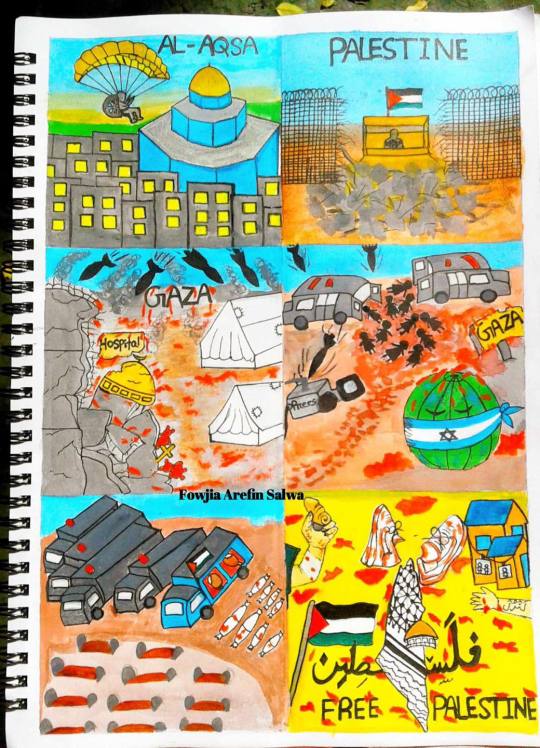
#gaza #palestine #free gaza #free palestine# غزة #فلسطين #genocide #artwork #halloween #human right #humanitarian
Bangladeshi artist: Fowjia Arefin Salwa
#gaza#palestine#free gaza#free palestine#غزة#فلسطين#genocide#artwork#halloween#human right#humanitarian
34 notes
·
View notes
Text
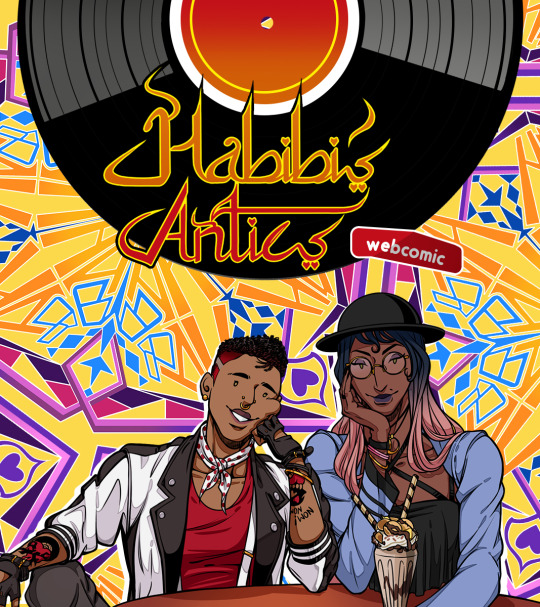
Hi, Sannu, হে! Muna's here!
I'm promoting my first webcomic, Habibi's Antics. As a nonbinary Bangladeshi American from a Muslim background, I want to create and tell a story that the mainstream media often under-present or misrepresent one's culture.
Habibi's Antics is a slice-of-life webcomic of two young adults Muslims from two different cultural backgrounds while living/growing up in the United States of America. In the post-9/11 era, comedy is the best medicine.
Read Habibi's Antics webcomic on social media and become a patron on Patreon!
308 notes
·
View notes
Note
Hello! I saw that matchups were open and thought I'd send in a request for Twisted Wonderland.
Appearance-wise I am a 165 cm tall, average build, Bangladeshi woman (She/her and they/them pronouns please). I have wavy black hair that just reaches below my shoulders and I usually dress in South Asian attire, usually salwar-kameez plus a hijab. I also wear glasses. I don't really feel comfortable going out without them 😅
My MBTI and enneagram: INTJ 5w4
Star sign: Sagittarius sun, Virgo moon and rising (I act more like a Virgo, allegedly)
Sexuality: demiromantic asexual (demisexual?)
Personality traits: Calm, collected, polite, quiet, shy (but that can easily be mistaken for being aloof or done with everyone's shit (they aren't entirely wrong about the latter) (someone told me I radiate black cat energy), not very facially expressive (I'm the most emotional emotionless person I know. I do feel things more deeply than people give me credit for), a good listener, hardworking (I often bite off more than I can chew and end up burnt out), intelligent (especially with numbers. RIP impostor syndrome + gifted kid burnout syndrome. As much as I love my major, electrical engineering is kicking my ass). I am also the oldest of three sisters, so I'm good at handling kids (I'm also expected to be the perfect daughter, so... yea). Someone also told me I'm wise, but all that wisdom came from all the books I read + watching Avatar: The Last Airbender lmao. The same person also said my presence was therapeutic (paraphrasing, of course. Also, this is alleged)
Hobbies: Making art, reading, writing, animating (I'm relatively new to animation. I don't know what I'm doing most of the time, but I'm still having fun), basically anything creative. I especially like to draw and paint things that radiate a sense of comfort, nostalgia, and serenity. Someone also told me that my artworks also hold a sort of innocence in the composition of the shapes, colours, and overall vibe of what I draw/paint. I also make jewelry from time to time
Likes: Classical music, lofi hip-hop, indie rpgs (Yume Nikki and Off have me in a chokehold, though not as tight as Obey Me, Court of Darkness, and Twisted Wonderland), tea, creative outlets. I also like to learn psychology
Dislikes: Cruelty, anyone who would dare to threaten my family or friends, loud noises, red meat (The texture is too much for me to handle), bright lights. I also dislike strong smelling things and being in crowded, noisy and bright environments for prolonged periods of time
What qualities do you look for in a partner? It may not look like it on the surface, but I'm a huge softie, I'd like anyone who I can feel safe talking to. They don't need to be perfect, I just need them to put effort into helping me with my emotional needs. I already do that a lot with others, so I'd like it if they turn the tables on me. I also would not tolerate it if my partner belittles me or if they're just mean or rude for no apparent reason.
My love languages include making art for them and spending quality time
How do you want to receive affection? As I stated before, I would like them to put effort into helping me with my emotional needs. I already do that a lot with others, so I'd like it if they turn the tables on me. I would also like physical touch and words of affirmation, but I can't guarantee I'll know how to react to that at first 🥲. It's gonna take some time for me to get used to it
OFF FANS RISE UP!!!!!!! BRING THE FANDOM BACK!!!
== Twisted Wonderland ==>
I match you up with…
Lilia Vanrouge
Lilia is fascinated by you. You’re so young yet so wise! Your eyes and artistic works show so much wisdom and experience and he wishes to some extent that he could be like you.
He wants your dedication and intelligence, too. He feels like he’s made some mistakes in his lifetime, and in the darker parts of his mind, he wonders if he doesn’t deserve you.
You’re quick to remedy that with kisses and cuddles though.
Side note: Lilia is a little spoon. I do not make the rules.
He’ll get lost in your passion and artwork for HOURS. Seriously, he’ll just stare at your art and get this sense of comfort that he hasn’t felt before. And he’ll get that comfort all the same with you. You’re like home to him.
He keeps a small painting of yours on his person at all times, maybe in a locket, which helps him calm down when his emotions get the better of him.
He’ll also just look at it and giggle and kick his feet. He is whipped.
Lilia is absolutely someone you can feel safe talking with. He may not always understand your emotions, and he can be a bit pigheaded when he thinks he’s right, but if anyone can talk some sense into him it’s you.
He’ll be there for you at the end of each day and the beginning of each morning, and he’ll always remind you of how deep his love for you is. You are his everything.
8 notes
·
View notes
Text
Idk if its because amy parents are artists or every kid has this conversation. But i often find myself discussing commercials with my mother. And how commercials in earliear decades were an art form and now bangladeshi commercials are just hollow flashy corporate bullshit. They dont try to be memorable anymore. Even though more money is being put into it, theres no heart anymore like it once had. Theres no charm.
In bangladesh, commercials for a long time were painted on Rickshaws, which were handpulled in the begining, that art is still on rickshaws but the commercials are not. The artform stuck and is still there on every mother fucking rickshaw.
And tv commercials were so good that as a kid i would watch old commercial compilations for fun sometimes my mother would join. For her it was nostalgia. I still remember that one silly jingle my kindergarten classmates beat to death. It was silly and fun and it was a fucking sim card commercial i think. Now theres no whimsy or charm in these commercials. Even during my early internet days, i would not skip ads on yt. Bc some ads would make me stop.and watch the whole thing out of curiosity and anticipation. Idk
5 notes
·
View notes
Text






Fine weaver REZIA WAHID, born 1976 in Bangladesh, lives in UK.
"Since achieving BA (hons) in Woven Textiles with a First-class degree in 1998 from the Surrey Institute of Art and Design, England, I have been passionately working with absolute determination and inspiration to revive the heritage of traditional weaving in the contemporary world of Art.
As a student, my interest in handwoven textiles led me to the Victoria and Albert Museum in London, where I found an immense collection of handwoven fabrics from ancient traditional to modern contemporary and from all over the world: where you can see different cultures and religions as well as similarities and variety in technique. This was the first time where I became absolutely fascinated by the handwoven fabrics of Bangladesh Jamdani. In my research I found that Christopher Columbus had described these fabrics being so fine that one piece of cloth can pass through a signet ring. These fabrics were woven in Dhaka, East Bengal, India (now Bangladesh).
As a contemporary weaver, my passion and fascination with these fabrics kept growing and I made it my mission to find out how they were hand woven and where the designs originated from. Not to my surprise, these fabrics were handwoven using the traditional Jamdani handwoven technique of Bangladesh where the motifs are inlaid by hand, and due to the Islamic heritage of the country it used traditional Islamic geometric patterns. This is the reason why these fabrics are so unique and the Bangladeshi weavers are still trying to keep this unique craft alive. However, due to the economical climate and the lack of understanding of this traditional Bangladeshi and Islamic heritage, it is a rare craft and my research continues. Continue
My creative and personal artistic voice, however, was born from finding a field full of dandelions seeds during a walk in the greens of Farnham in 1996. When I walked into the delicate, ethereal and tranquil moment with the magic of air and light—I knew that I wanted to capture this feeling in my weaving. But how do I capture a ‘feeling’ when weaving with yarns? Feelings can only be written, heard or explained. So, I decided to write the words in my sketchbook and captured the seeds in a clear container of Ferrero Rocher—my favourite chocolates. And this is how I began to write and express thoughts, feelings and stories with yarns!
18 notes
·
View notes
